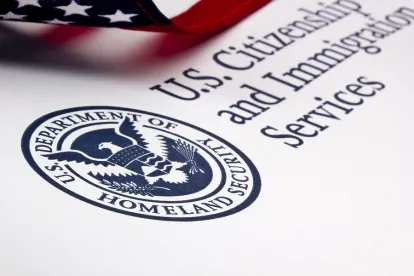While the news on the EB-5 investor visa appears promising, Congress has still failed to reauthorize the EB-5 regional center program beyond its June 30, 2021, sunset date.
Reduced Minimum Investment Amount
A federal district judge has struck down the 2019 EB-5 “modernization” regulation, finding the rule was invalid because it was enacted by DHS officials who were appointed to their posts in violation of the 1998 Federal Vacancies Reform Act (FVRA). Behring Co., the operator of Behring Regional Centers, brought suit against USCIS in 2019 in response to the modernization rule. Ultimately, Behring succeeded in showing the acting DHS secretaries succeeding Kirstjen Nielsen (including Kevin McAleenan) were not properly designated in the order of succession in accordance with the FVRA, and therefore they did not hold the authority to promulgate and ratify the 2019 modernization rule. At this moment, the minimum investment amount in a Targeted Employment Area is $500,000.
EB-5 Regional Center Program Sunset
Traditionally, the EB-5 regional center programs were tied to Congress’ omnibus spending bill. This means that whenever Congress passes the omnibus bill, the EB-5 regional center program would automatically be reauthorized. While the “Consolidated Appropriations Act of 2021” extended the program through June 30, 2021, it disjointed EB-5 reauthorization from future omnibus bills. This means that Congress must reauthorize the EB-5 regional center program as a standalone bill.
As of June 27, 2021, Congress has not reauthorized the regional center program, and the program faces a sunset date of June 30, 2021. If the program is not reauthorized by June 30, 2021, it can be reauthorized at a later date; however, investing under the regional center program carries certain risks.
Should I Invest $500,000 into an EB-5 project?
The prudent thing to do is to 1) wait to see if USCIS appeals the Behring decision, and 2) wait until USCIS offers guidance on how to proceed with the reduced investment amount in the wake of the Behring decision. If an investor invests into a regional center project after June 30, 2021, the I-526 petition will be held in abeyance for an indeterminate period until Congress takes further action. If Congress does not take any action toward reauthorization, and if USCIS terminated the abeyance policy, the I-526’s will ultimately be adjudicated based on direct job creation; this is because the EB-5 direct investment program is not tied to congressional reauthorization, and therefore is a “permanent” EB-5 pathway.
The “EB-5 Reform and Integrity Act,” introduced by Senators Chuck Grassley (R-Ia.) and Patrick Leahy (D-Vt.) offers an opportunity for long-term reauthorization of the regional center program; the bill provides some crucial changes that would likely safeguard the EB-5 program’s longevity, including five-year authorization for the EB-5 Regional Center Program, protections for innocent investors who have invested into disbarred projects, and increased oversight for regional center programs. Lastly, while direct investors do not have to worry about regional center program reauthorization, they should watch development closely before investing under the lower investment threshold.



 />i
/>i

